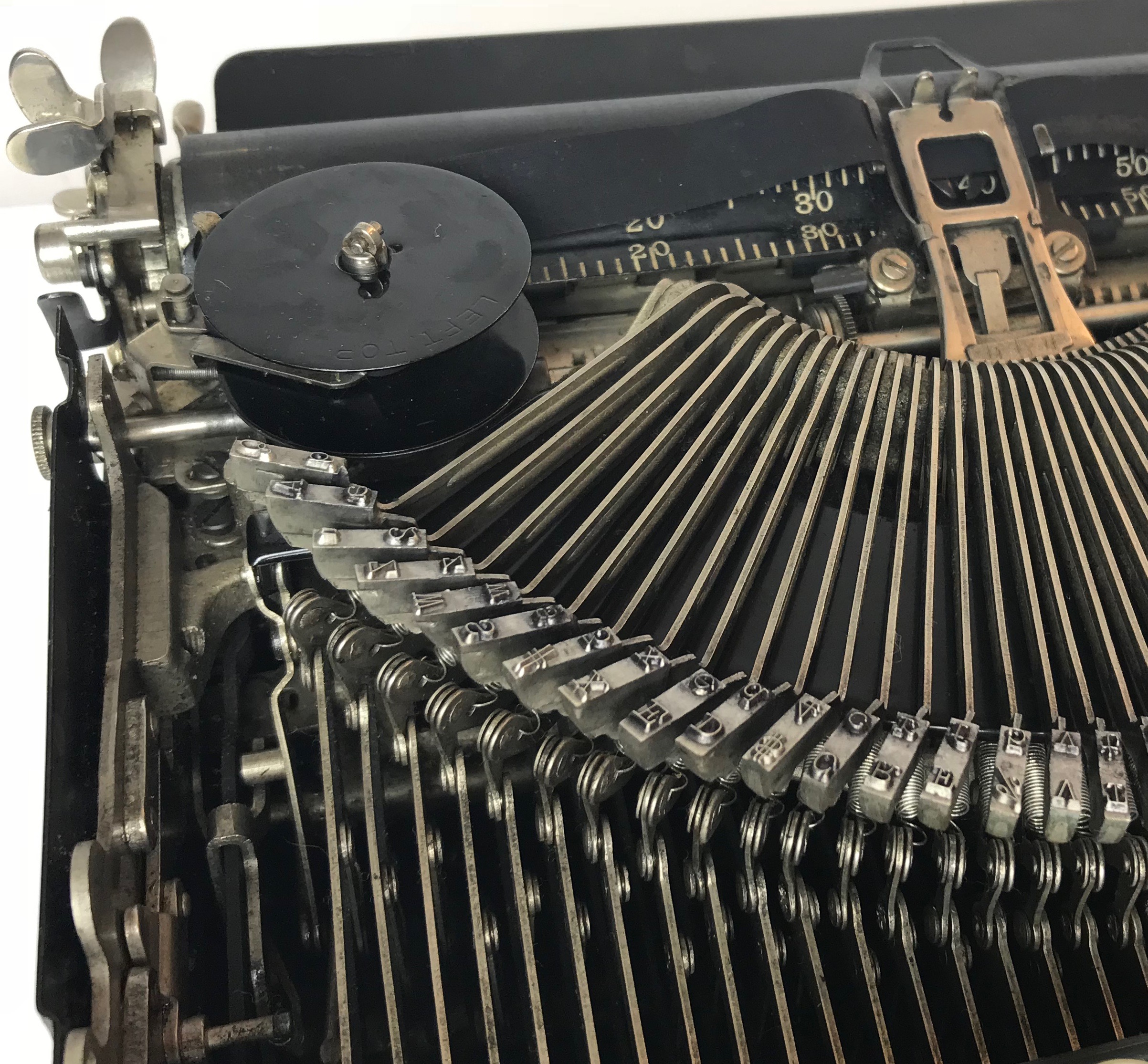The Golden Age of Typewriter Evolution: 1870 to 1970
Typewriters from John Wherry's Collection

Typewriters from John Wherry's Collection


The faceted platen is a major innovation since previous early machines had flat "type characters" soldered to the type bars, which required a heavy stroke to impress the flat character onto the soft rubber platen cylinder. The flat facets on the Calligraph made it easier to type flat key bars onto the flat platen facets.